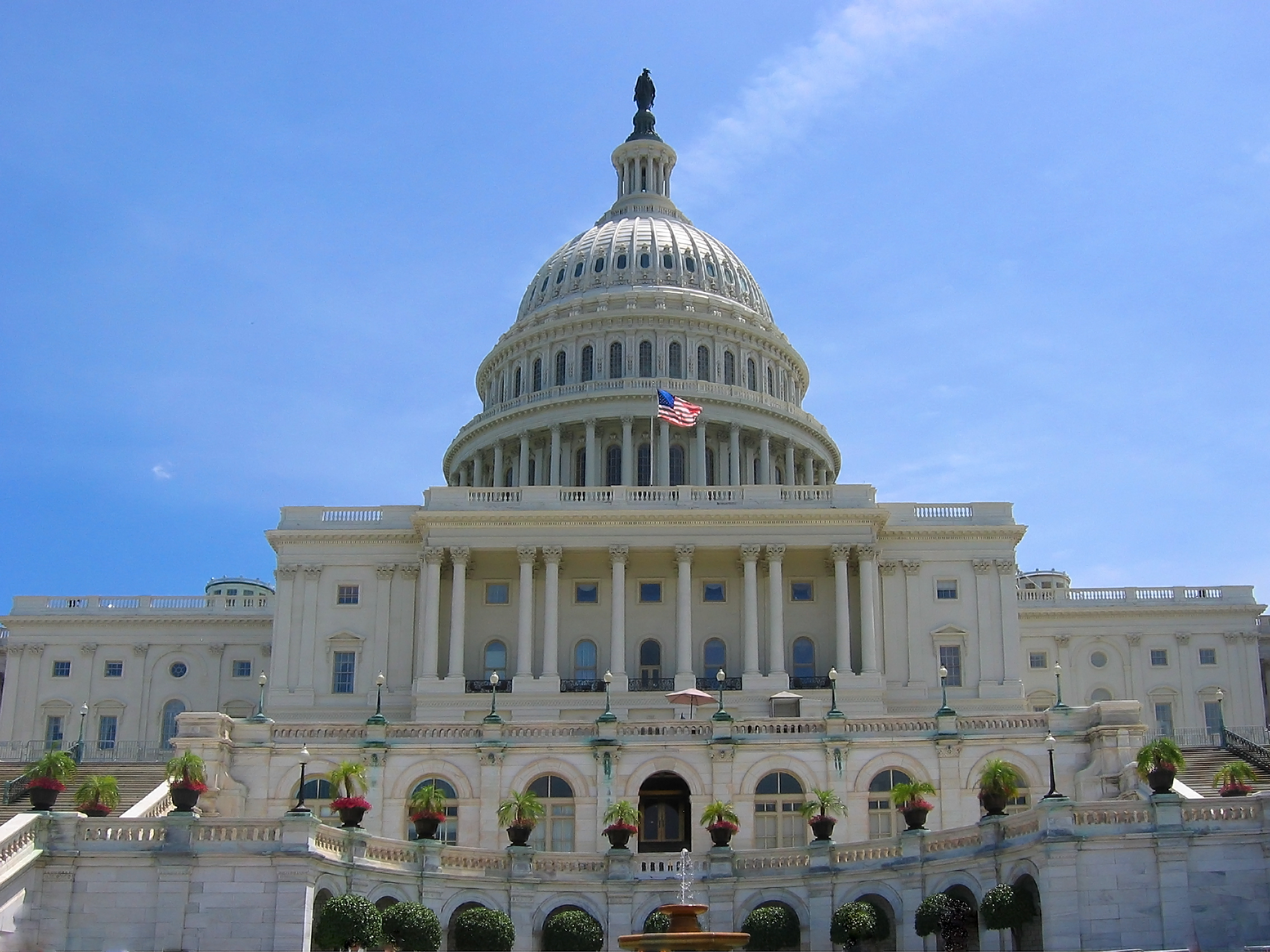
Scholar examines how high- and low-productivity in Congress shapes regulators’ ability to implement statutes.
A few weeks ago, the Edward M. Kennedy Oral History Project at the University of Virginia released a series of interviews with the late Senator and his contemporaries. The interviews are a reminder of both the work of a “master legislator” and of a different era of legislative politics. Kennedy entered the Senate in 1962, during a wave of legislative productivity. But by the end of his career, Congress had grown less productive than at any time in modern history.
The rise and fall of legislative productivity has been challenging for many in government, especially those involved in the regulatory process. Today, many regulatory agencies are forced to use old statutes to address new problems. Without new legislation, Congress cannot give agencies updated directions, or at least not in a coherent way. When Congress does get involved, lawmakers typically look for other ways to encourage regulators to act, or to rein them in. In this new “low-productivity” environment, is Congress still effective at holding regulators accountable?
In my recent paper, “Which Statute to Implement? Strategic Timing by Regulatory Agencies,” I take a new look at this question. I start with the fact that, over the decades, many agencies have accumulated a virtual stockpile of statutory directives from Congress—mostly from the high-productivity years. I focus on when agencies choose to implement particular statutes. In principle, as I’ve heard from former commissioners, setting an agency’s regulatory agenda simply requires starting with the earliest statutory directive, or deadline, and working from there. In practice, however, I find that the implementation of statutes does not always follow such a linear pattern.
One reason is that regulators are often overburdened with directives. The result is an implementation traffic jam that can push a regulation back years, if not decades, from the passage of a statute. For example, of the dozen regulators I study in my paper, the average time between the passage of a statute and its implementation is about 12 years, though some agencies average up to 20 years. As time goes by and the political environment shifts, agencies may recalculate the optimal time to implement a statute.
So what determines when statutes get implemented? Not surprisingly, the contemporary political environment plays a role. Statutes, after all, are the product of political coalitions, so regulators need to be careful when implementing controversial statutes, especially those that would no longer have a chance at being signed into law.
Harmonizing older statutes with new political realities puts a lot of pressure on regulators. There are, however, some release valves. Many agencies have a large stockpile of statutes to choose from, and they can lean on different ones depending on the political mood. Indeed, what I find in my study is that agencies implement statutes that reflect the partisanship of the contemporary political environment. When Republicans are in power, agencies implement statutes that were disproportionately supported in Congress by Republican lawmakers. Roughly the same pattern holds with the Democrats.
Given that agencies have an incentive to remain in the good graces of their political principals, the patterns I find make a lot of sense. Interestingly, the findings do not change when focusing only on the subset of regulations with statutory deadlines. This is surprising since, in theory, deadlines should make it harder for agencies to strategically time when to implement statutes. In practice, however, deadlines are often missed, and those statutory directives that have deadlines are likely to be the most politically sensitive. As a result, agencies may have an added incentive to implement these directives only when it is politically advantageous.
Another surprising finding is that regulators appear to be more responsive to Republicans than Democrats. Republicans need only one branch of government (either the presidency or Congress) for agencies to implement more conservative statutes. Conversely, Democrats need both branches to get agencies to implement more liberal statutes. Thus, Republican-controlled congresses have unilaterally been able to limit the implementation of liberal statutes, even when confronted with a Democratic president. Notably, this achievement has not come from passing new legislation, or even by threatening new legislation, which would not likely survive a presidential veto. Rather, the Republicans have relied on alternate tools to constrain agencies, including budgetary control, oversight hearings and rhetorical appeals that threaten to damage an agency’s reputation.
Stepping back, I offer a few broader conclusions. For one, agencies have a lot of legal discretion. This discretion exists not just because of the content of individual statutes, but also because of the sheer number of statutes that have been delegated. Simply put, regulators have a lot of policy options to choose from. On the other hand, just because agencies have a lot of legal discretion, they may not have political discretion. Each branch of government has demonstrated the ability to stop unfavorable proposals dead in their tracks. As a result, agencies are often confined to a narrower range of policy options.
If Congress were more productive, perhaps like the early years of Kennedy’s Senate career, agencies would receive more frequent and more detailed instructions about how to regulate. Congress could update, or even expire, older statutes and provide new directives in response to a changing world. Nonetheless, in today’s low-productivity environment, regulators still muddle through, and they continue to show responsiveness to congressional preferences, despite the limited threat of corrective legislation.




